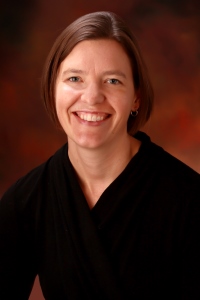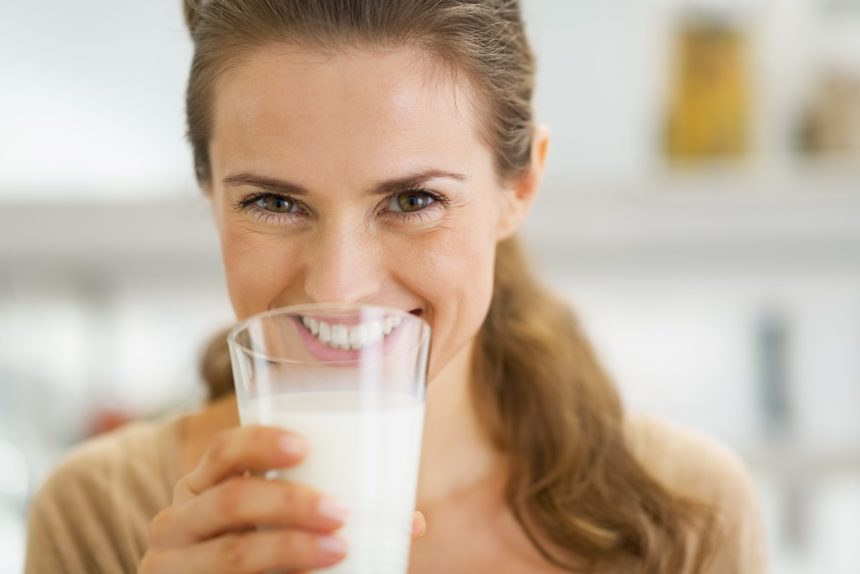
By Erin Dahlke, M.D., Family Medicine
When you hear “osteoporosis,” what do you think? That it’s just something that happens to the elderly? That there’s nothing you can do to stop it from happening to you? The good news is osteoporosis is preventable and treatable when diagnosed early.
What is osteoporosis?
As living “tissue” within our bodies, existing bone is continually being broken down and replaced with new bone. The production of new bone begins to slow in your 20s, and bone mass peaks by age 30. Osteoporosis occurs when new bone creation can’t keep up with the old bone that is being lost.
Osteoporosis is often called the “silent disease because it does not produce symptoms as bone loss occurs. Over time, bone breakage increases—commonly occurring in the vertebrae, hip, wrist, or forearm. As backbones deteriorate, osteoporosis can cause vertebrae to collapse or fracture. These occurrences are often painless but significantly increase the risk of future fractures. One in two women and one in eight men are either at risk for fracture or have at least one spinal fracture and don’t know it.
Eat Right for Healthier Bones
Daily calcium (1,000 mg average) can help keep your bones healthy when paired with vitamin D (400 IU) to help your body absorb it.
It’s best for your calcium intake to come from a well-balanced diet. Good sources of calcium include milk, cheese, and similar dairy products, green leafy veggies (broccoli, cabbage, okra), tofu, nuts, bread made with fortified flour, and fish with edible bones, such as sardines. 10 to 15 minutes of direct sunlight on your skin (not through a window) provides sufficient amounts of vitamin D. If you’re seldom outdoors or if the sun won’t cooperate, vitamin D is also found in oily fish like salmon, wheat, eggs, or leafy greens. If you’re not getting the recommended amount of calcium and vitamin D from food, you may need to complement your diet by taking multivitamins or supplements.
Weight Bearing Exercises Make Bones Stronger
Some types of exercise strengthen muscles and bones, while others can improve your balance to help prevent falls. Weight-bearing activities slow mineral loss in your bones, but this doesn’t mean you must hit the weights hard to reap the benefits. Weight-bearing exercise is doing anything that uses your body to support your weight. Examples include walking, gardening, low-impact aerobics, and elliptical training machines. Other types of exercise are equally important for strength training, stability, flexibility, and balance. Ask your doctor what type of exercise is appropriate for you.
Symptoms of Bones Weakened by Osteoporosis Include:
- Back pain
- Gradual loss of height
- Stooped posture
- Bone(s) that break easily
Without regular bone density tests, it is challenging to identify osteoporosis in its early stages. Therefore, bone density scans are recommended for women aged 65 or older or women aged 60 or older with other risk factors. The diagnosis and treatment of osteoporosis begin with measuring your current bone density.
DEXA Scan
A common test doctors use to measure bone health is called dual-energy x-ray absorptiometry (DEXA). A DEXA scan is a safe, accurate, and painless imaging test to determine your bone density or the amount of bone mass present. It involves no injections or invasive procedures.
Glacial Ridge provides bone density testing in-house to assess the risk for osteoporotic fractures. The results help your doctor manage your health in terms of osteoporosis, abdominal aortic calcifications, vertebral fractures, and more. Talk to your provider and find out if a bone density test is right for you.
Ask Your Doctor
As you know, prevention is the best medicine. If you’re unsure whether you are getting enough calcium and vitamin D, are at risk for bone loss, or would like to be more active but aren’t sure where to start, make an appointment. After discussing your current health, health history, and risk for osteoporosis, your doctor will help you create a plan that works best for you.


